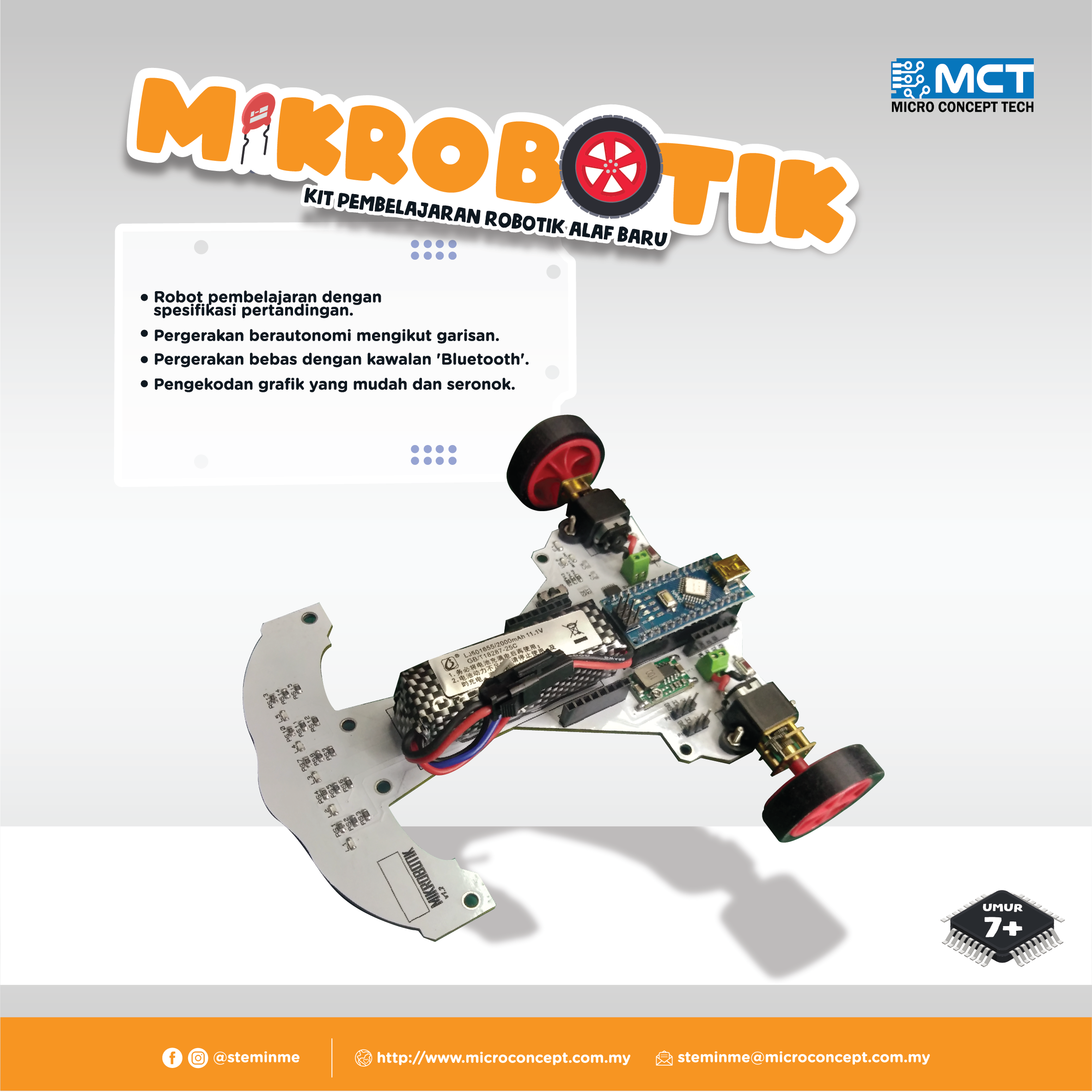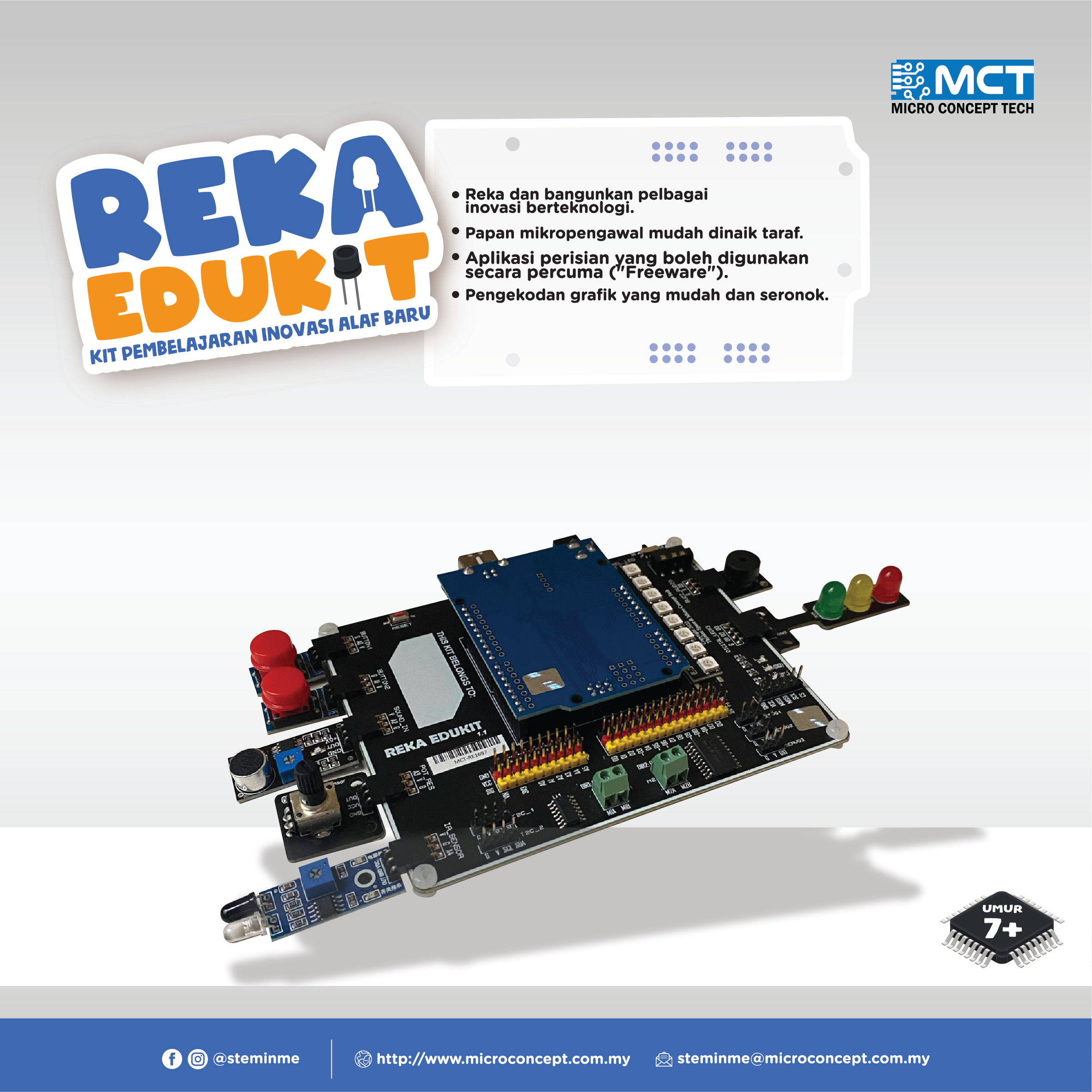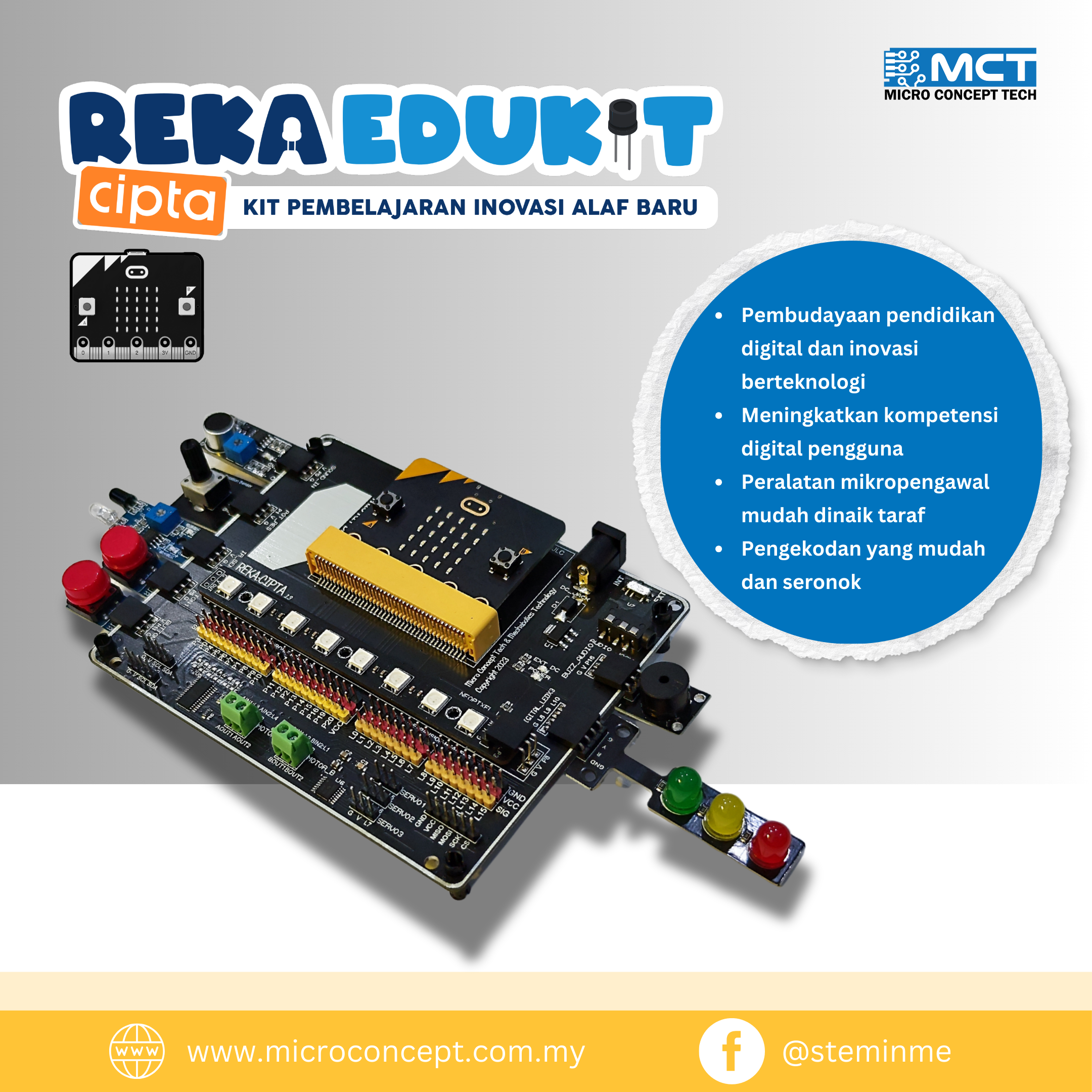Now Available in our e-store
Micro Concept Tech
STEM Education Kit
e-Store
Robotic Kit




Micro Concept Tech




Providing solution to the industry, developing the current workface and nurturing future generations.
Our Location
5-5 Pusat Dagangan Shah Alam, Persiaran Damai, Seksyen 11 Shah Alam
Email Us
© Micro Concept Tech – Engineering for life 2021